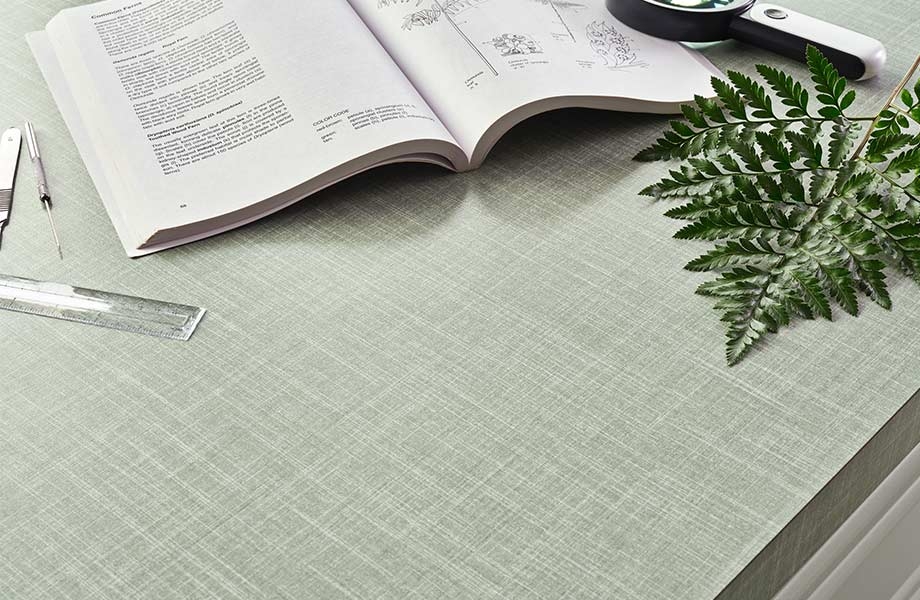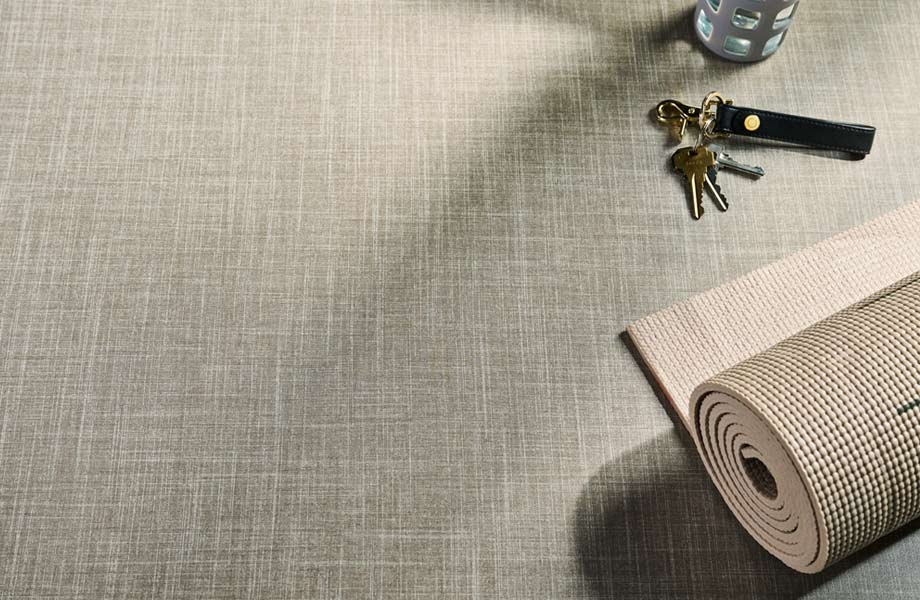Formica Canada Uses 5% Less Natural Gas with Sustainable Approach to Hot Water Production in Manufacturing
Formica Group continues its sustainability efforts in pursuit of the 2026 goal to reduce CO2 emissions by 50%.

Enhancing Energy Efficiency in Formica® Laminate Production
As the world’s leading producer of high pressure laminate (HPL), Formica Group is always looking for smarter, more sustainable ways to work. That’s why we’re investing in energy-saving innovations at our plant in Saint-Jean-sur-Richelieu, Quebec, Canada.
Recently, the sustainability team completed the last of three projects aimed at reducing natural gas use in the plant by 20% with an equivalent reduction in greenhouse gas emissions. The latest project, using recovered energy to heat water during laminate production, builds on the progress of efforts to optimize press energy consumption (12% reduction in natural gas) and repurpose hot air (5% reduction in natural gas). This improvement in natural gas reliance is part of Formica Group’s efforts to reduce overall CO2 emissions by 50% by the end of 2026.

The Valuable Role of the New Air/Water Exchanger
Manufacturing our high-quality Formica® Brand products requires a multi-step process. Layers of kraft paper are first treated with phenolic resin. Then, a décor sheet infused with melamine is added on top. Finally, large steel plates press everything together under high temperature and pressure. The result is paper-based laminate that features a signature color or design as well as strong impact resistance.
At the point where the kraft paper is impregnated with phenolic resin, a regenerative thermal oxidizer (RTO) — a large fan — captures and treats volatile organic compounds (VOCs). This step meets the strict environmental standards set by Quebec’s Ministère de l’Environnement, de la Lutte contre les changements climatiques, de la Faune et des Parcs.
The RTO operates at extremely high temperatures (200°C to 220°C), and its exhaust helps preheat the impregnator’s air supply through an air-to-air exchanger. It’s at this point where the sustainability team found an opportunity for improvement.

Project Status and Sustainable Results
The team installed an air-to-water exchanger at the RTO outlet. This allows excess energy to be recovered and redirected to heat the water feeding the line, further optimizing the existing system. The team is currently evaluating the long-term results of the project, but early measurement shows a 5% reduction in natural gas consumption. It’s another step forward in Formica Group’s ongoing commitment to energy efficiency.
Our Commitment to Sustainable Business Practices
Formica Group is proud of the innovative ways we’ve reduced waste in the manufacturing of Formica® Laminate. Each new project moves us closer to our corporate goal of more sustainable business strategies. Learn more about our sustainability initiatives and their notable results.



